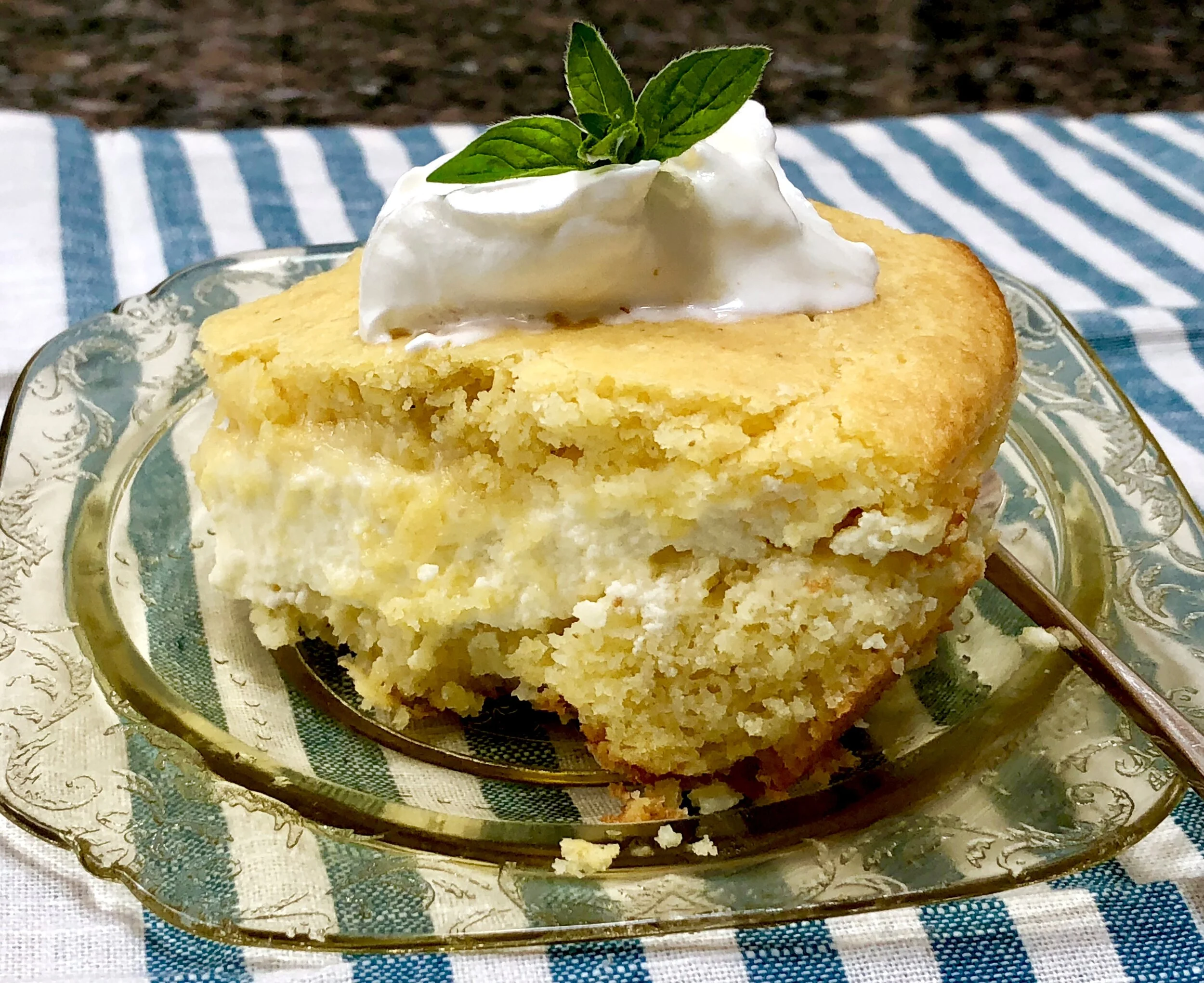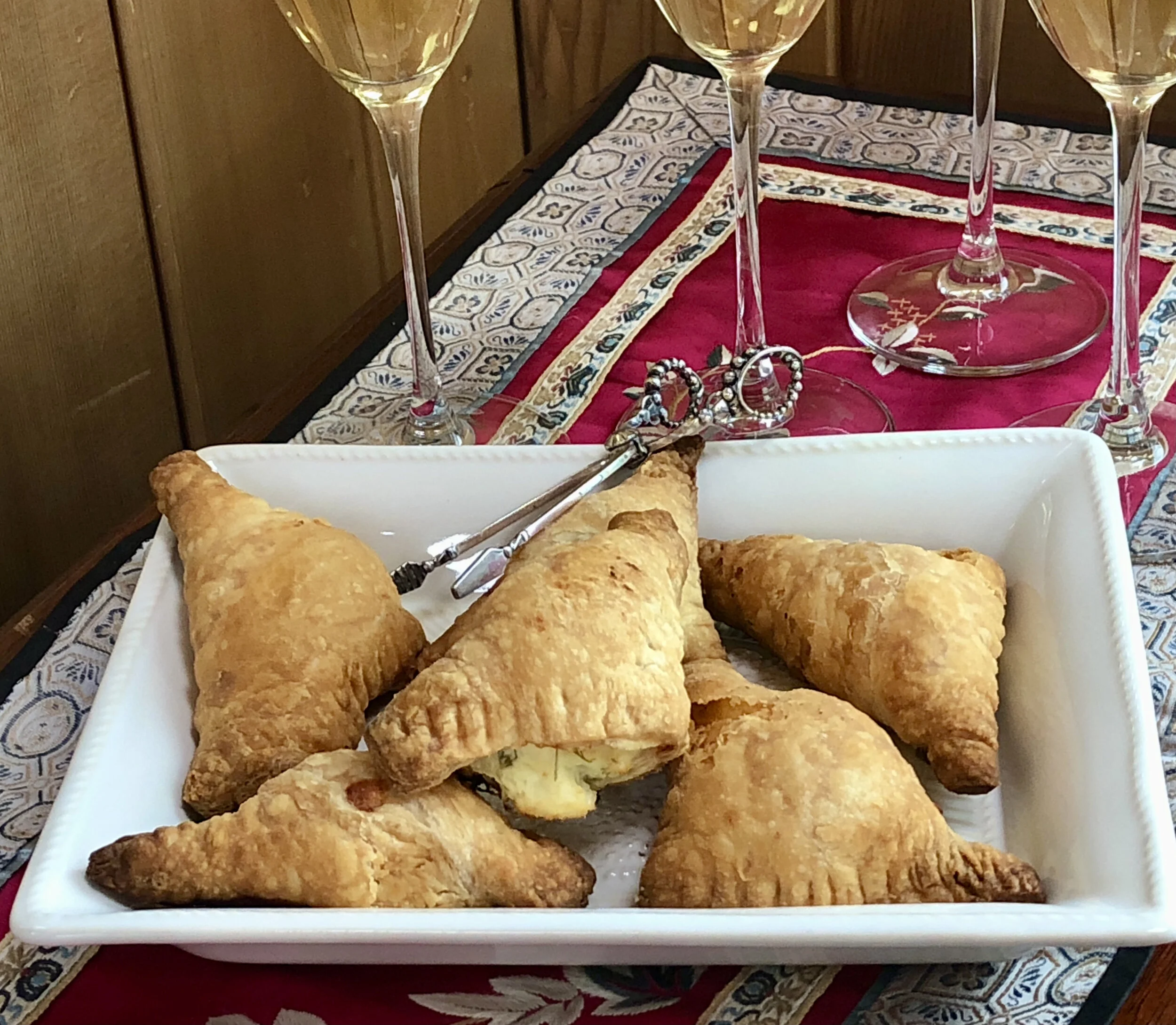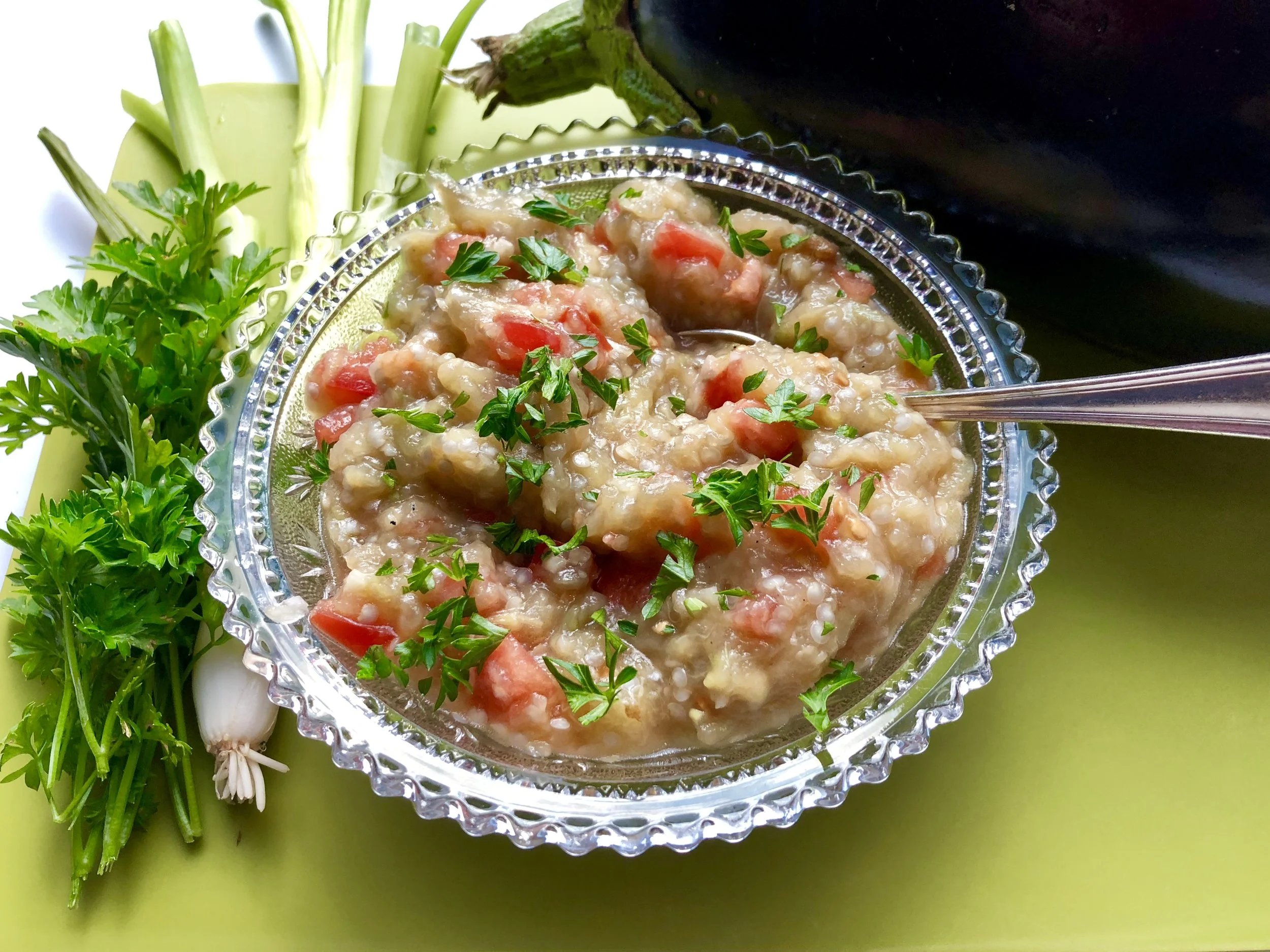Stuffed Peppers
Historians tell us that Queen Esther, hero of Purim, was a vegetarian. Rice-and-veggie stuffed peppers is a delicious way to honor that remarkable woman, who was successful in preventing the annihilation of the Jews in ancient Persia.
My grandmother made a similar dish. I don’t have her recipe but have been experimenting with the ingredients for years and this is the closest I’ve come to the dish I remember her serving when I was a child.
Stuffed Peppers
8 bell peppers
1 cup rice
2 tablespoons currants or raisins
5 tablespoons olive oil
2 medium onions, chopped
2 tablespoons pine nuts, optional
salt and freshly ground black pepper to taste
1 large tomato, chopped
2 teaspoons sugar
1 teaspoon ground allspice
1-3/4 cups vegetable stock
2 tablespoons chopped fresh parsley
2 tablespoons chopped fresh dill
1 tablespoon chopped fresh mint
2 tablespoons lemon juice
Place the peppers in a deep bowl and pour boiling water over them. Weight them down to keep them under the water. Let rest for 5 minutes. Drain and repeat the process with cold water. Cut a lid from the top of the peppers, but reserve the lids. Scoop out and discard the seeds and membranes. Set the peppers aside. Place the rice and currants in a bowl and pour boiling water over them. Let rest for 30 minutes. Drain. Heat the olive oil in a sauté pan over medium heat. Add the onions and pine nuts, if used, and cook, stirring occasionally, for 4-5 minutes or until the onion has softened and is slightly golden. Add the rice and currants and some salt and pepper to taste. Cook for another 1-2 minutes, stirring occasionally. Add the tomato, sugar and allspice and cook for another minute, stirring occasionally. Add the stock, bring to a boil, cover the pan and lower the heat. Cook for 18-20 minutes or until the rice is soft and all the liquid has been absorbed. Remove the pan from the heat. Stir in the parsley, dill, mint and lemon juice. Let cool. Use to fill the peppers. Place lids on top. (You may prepare to this point and cook later). Preheat the oven to 350 degrees. Place the peppers in a baking dish. Add 2 cups of water to the dish. Bake the peppers for 40 minutes. Let cool slightly before serving (warm or at room temperature).
Makes 8 servings




